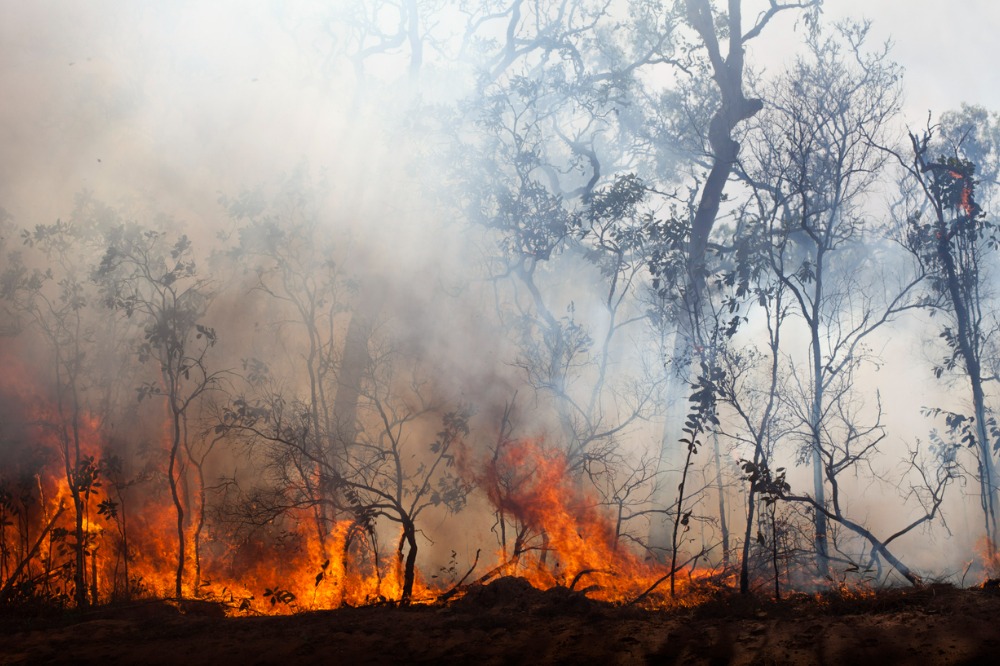Report warns insurers to prepare for “more fire, more rain, more risk”

“Our scenario analysis suggests that our ratings on many insurers, governments, and banks would be at risk if the direct financial impact from bushfires and floods were two to three times worse than in the past two decades, or if major disaster events were to become recurrent,” it said.
The scenario analysis seeks to test the level of stresses sectors can withstand from any factor, including weather. The scenarios are based on the equivalent of, or multiples of, the financial impact of the worst historical weather events.
Property and casualty (P&C) insurers’ approach to extreme weather
S&P noted that insurers’ exposures are most significant in the personal lines of home and contents and motor vehicle insurance, but they also extend to commercial lines. Collectively, these lines accounted for about 65% of GWP for the year to September 30, 2022.
The report indicated that P&C insurers in Australia have conservative reserving and appropriate reinsurance coverage, including protection against natural disasters such as floods and bushfires.
Rising claims fuelling premiums and reinsurance costs
Reinsurance costs for Australian insurers have increased at record pace, having risen by around 35% over the past three years, outweighing the 30% GWP growth over that period.
“The higher claims experience borne by reinsurers has meant higher pricing for cover, as well as stricter terms of cover provided, such as increasing insurers’ retention of risks,” the report said.
“Australian insurers are responding by setting higher allowances for losses – and this is growing faster than premiums. P/C insurers are also adjusting their risk appetite and enhancing risk exposure assessments (such as exposure to flood).”
Higher claims’ impact on insurers’ creditworthiness
Over the previous five years, catastrophe claims peaked at around 12.2% of gross claims, while the top three net claims represented about 35% of total net catastrophe claims (for Australia’s largest insurers), according to S&P.
“While the reinsurance cover provided to large risks is typically greater than the average, the scenario provides insight into the buffer available from underwriting earnings relative to catastrophe claims,” the report said. “On this basis, the absorption of additional catastrophe claims, if they occurred, would be viewed as an ‘earnings’ event, with capital resources providing a supplemental buffer. By way of reference, the average gross catastrophe claims for the past 10 events (excluding CAT 221) was about AU$470 million. Insurers’ exposure subsequently decreased where reinsurance cover was effective.”





